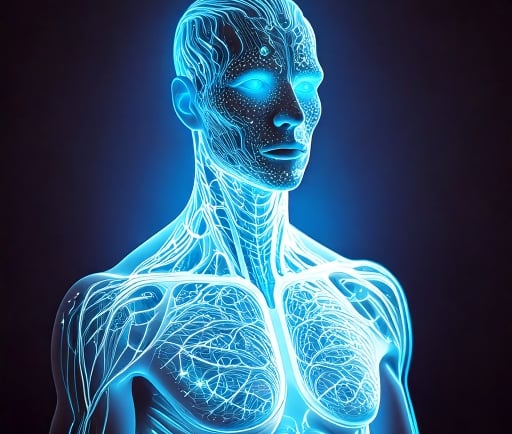The Hidden Glow: Understanding Bioluminescence in the Human Body


Introduction to Bioluminescence
Bioluminescence is a phenomenon often associated with marine life, such as fireflies or deep-sea creatures. However, recent studies suggest that the human body also emits visible light, revealing a fascinating aspect of biology that is rarely discussed. This natural glow, though imperceptible to the naked eye, is a manifestation of biochemical reactions within our cells, offering insights into our physiological state.
The Science Behind Human Bioluminescence
The human body emits bioluminescence primarily through cellular activity, particularly the process of metabolic reactions involving ATP (adenosine triphosphate). This light is produced by the energy emitted as electrons transition between different energy levels during biochemical reactions. While this glow is much weaker than that of fireflies, it signifies the complex biochemical processes occurring within us.
Interestingly, research indicates that various factors can influence the intensity of this glow. For example, exposure to certain wavelengths of light or changes in metabolic rates due to physical activity can result in variations in the human body's luminescence. This bioluminescent phenomenon creates an intricate link between our internal health and visible emissions, allowing us to explore the depths of human biology.
The Implications of Visible Light Emission
Understanding that individuals glow, albeit imperceptibly, opens new avenues for research in health and disease. Bioluminescence can serve as an indicator of biological processes. For instance, fluctuations in the intensity of our light emissions could correlate with different health markers, such as stress levels, metabolic disorders, or even the onset of illness.
In a broader perspective, studies based on human bioluminescence can contribute to the field of bioengineering and medical diagnostics. If scientists can decipher patterns of light emission linked with specific health conditions, this could pave the way for non-invasive diagnostic methods that rely on detecting variations in bioluminescence.
Conclusion
In conclusion, the human body’s ability to emit light represents a captivating aspect of our biology that deserves further exploration. As more studies delve into the realm of human bioluminescence, we are likely to uncover greater insights into our physical health and the nature of biological processes. The knowledge that individuals actually glow challenges our conventional understanding and highlights the elegance of the human body as a living organism. Embracing this perspective not only enriches our knowledge of bioluminescence but also encourages a deeper appreciation for the complexities of human life.
